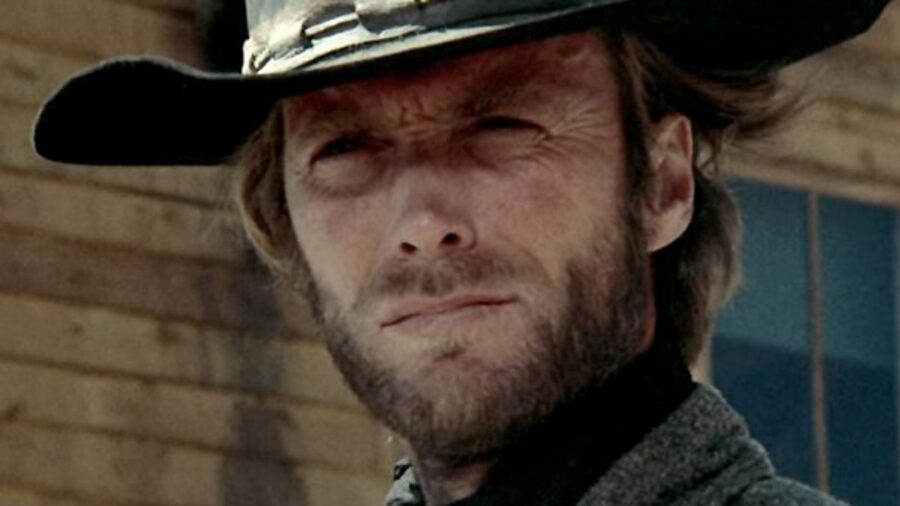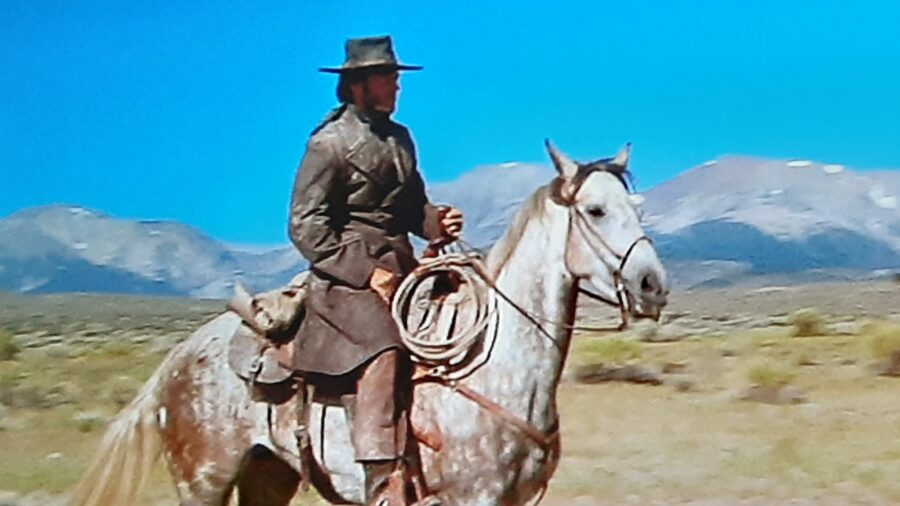Clint Eastwood’s High Plains Drifter Is A Western That Is Secretly A Horror Movie
Clint Eastwood's High Plains Drifter is a horror movie disguised as a Western.

Clint Eastwood made his name in Westerns, whether playing the iconic “Man with No Name” in films like A Fistful of Dollars and The Good, The Bad, and The Ugly or by trying (and failing) to sing in Paint Your Wagon. So, when he began trying his hand at being a director, prospective audiences took it in stride that his 1973 film High Plains Drifter featured a character who was practically a copy of the Sergio Leone antihero. What they didn’t expect was that High Plains Drifter was actually a horror movie… or that the Man with No Name was the movie’s monster.
The premise of the movie seems like a standard (almost overdone) Western storyline — one that’s practically a ripoff of films like High Noon, The Magnificent Seven, and even Mel Brooks’s Blazing Saddles. Outlaws threaten a town, and the town needs protection — in High Plains Drifter‘s case, the town is Lago, and the protection comes from Clint Eastwood’s Man with No Name (called “The Stranger” in this film). But little does Lago realize that this stranger is a bigger threat to the community than any outside threat.
It’s obvious that something’s wrong from the outset when Clint Eastwood’s character enters Lago and kills the town’s already-hired protectors after they threaten him. Then, he horrifically sexually assaults a woman that flirts with him. Finally — in a scene that foreshadows The Stranger’s true motivations in High Plains Drifter, he dreams of a U.S. Marshall getting tortured and killed by a group of outlaws while the town of Lago watches.
Fair warning: the next paragraph spoils the plot of High Plains Drifter. Those who want to watch Clint Eastwood’s horror film without knowing what will happen skip the next paragraph.
It’s that very group of outlaws that the town of Lago now needs help protecting themselves from, and they desperately hire Clint Eastwood’s character to replace the very gunmen he callously killed — offering anything he wants. The Stranger proceeds to make a series of strange, often narcissistic, and sometimes horrific demands while violently killing any townspeople who oppose him and doing very little to actually prepare the town to defend itself. High Plains Drifter ends with the outlaws entering the town and killing its ill-equipped defenders, then The Stranger killing all the outlaws before hinting that he’s the vengeful ghost of the slain U.S. Marshall.

While High Plains Drifter’s tone doesn’t quite match the tone of slasher films that would begin rising to prominence with The Texas Chainsaw Massacre the very next year, it’s hard to ignore the horror elements that permeate through the movie: an unstoppable, unpredictable vengeful spirit terrorizing a group of people before leaving their lives broken and ruined. Many critics didn’t know what to make of the movie, assuming that it showed a paranoid worldview, with The Stranger being a hero harming the lives of people who Clint Eastwood viewed as being worth killing.
In reality, by choosing to make High Plains Drifter a horror movie, Clint Eastwood took his first shot at capturing a theme he later perfected with his 1992 Academy Award-winning film Unforgiven. That theme is this: The Man With No Name — the very cornerstone of Clint Eastwood’s film career — is not a hero worth worshipping or emulating. He is a violent, selfish, uncaring man whose actions are horrifying — he only seems heroic in the Sergio Leone movies because he directs his violence toward obvious villains, but the character’s ambiguous moral compass could very well target other, less-villainous characters.
Despite practically tricking audiences into watching a different movie (and, for that matter, a different genre) than the one they signed up for, High Plains Drifter did decently in theaters, making $15.7 million off of a $5 million — a pretty decent showing for being the second feature film that Eastwood directed. It was the beginning of a celebrated directorial career that appears to finally be ending with Juror No. 2 — his final film, which is set to release this May.












